17 Times Studios Had To Make Changes To Their Films And It Ended Up Costing Millions Of Dollars
- Oops!Something went wrong.Please try again later.
- Oops!Something went wrong.Please try again later.
1.First, after director Zack Snyder stepped away from Justice League and Joss Whedon was hired to finish the film, Warner Bros. spent approximately $25 million on the extensive reshoots.
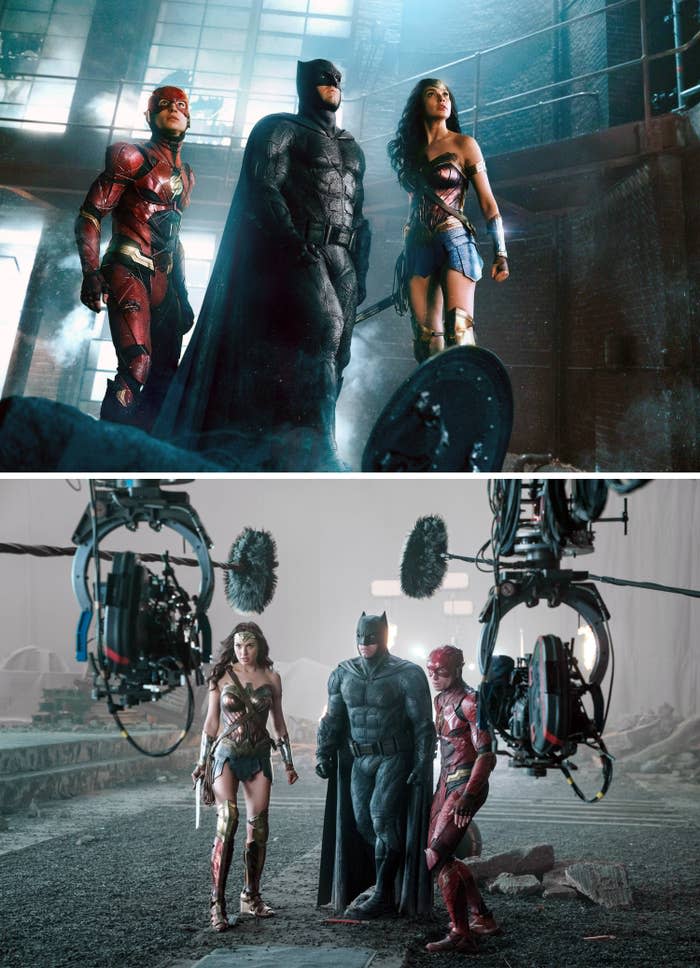
Snyder departed Justice League to focus on his family after his daughter's suicide in 2017 so Whedon was brought in to finish the project. While reshoots typically cost between $6 million and $10 million, Justice League proved to be much trickier: namely getting the cast back, adding in scenes and dialogue, and much more.
While Ben Affleck and Gal Gadot weren't working on other projects when Justice League reshoots began, Ezra Miller and Henry Cavill were. This is when Henry Cavill's infamous Mission: Impossible mustache comes into play and how it had to be digitally removed. Paramount, the studio behind Mission: Impossible, would not allow Henry to shave his facial hair. Of course, we've now seen both the Whedon and Snyder cuts of Justice League after Warner Bros. released the Snyder Cut in 2021.
2.Titanic took an extra 22 days to film than originally expected and production costs rose to $200 million because of it. The millions of extra dollars spent went toward more filming days, fixing visual effects, etc.
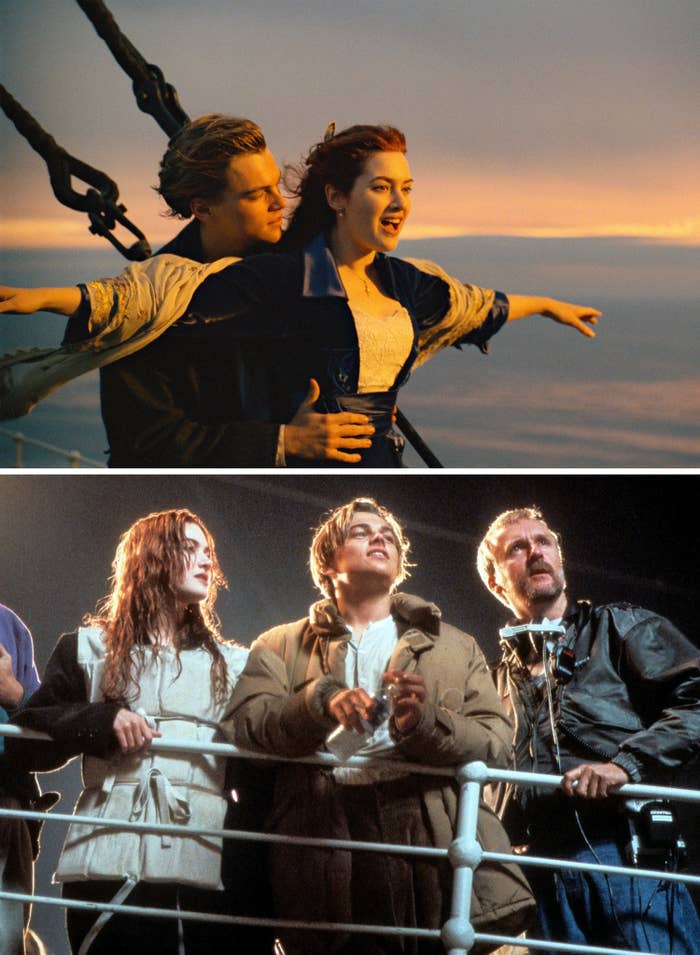
When Titanic started production, principal photography was only supposed to last 138 days; however, it ended up going for 160 days. This led to millions of dollars being tacked onto the final budget. At the time, delays also arose because of the "complicated computer-generated effects." Titanic was notoriously a rough shoot, with numerous crew and cast members getting sick during production. Kate Winslet came down with the flu after spending time in freezing cold water, almost drowned, and suffered other injures.
Titanic ended up grossing $1 billion worldwide once it was released on Dec. 19, 1997. And, of course, the $200 million budget for Titanic doesn't even put it in the top 10 most expensive films ever made.
3.Cleopatra nearly bankrupted 20th Century Fox in 1963 when the film's budget topped $42 million after a lot of reshoots had to be done in order to just finish the film.
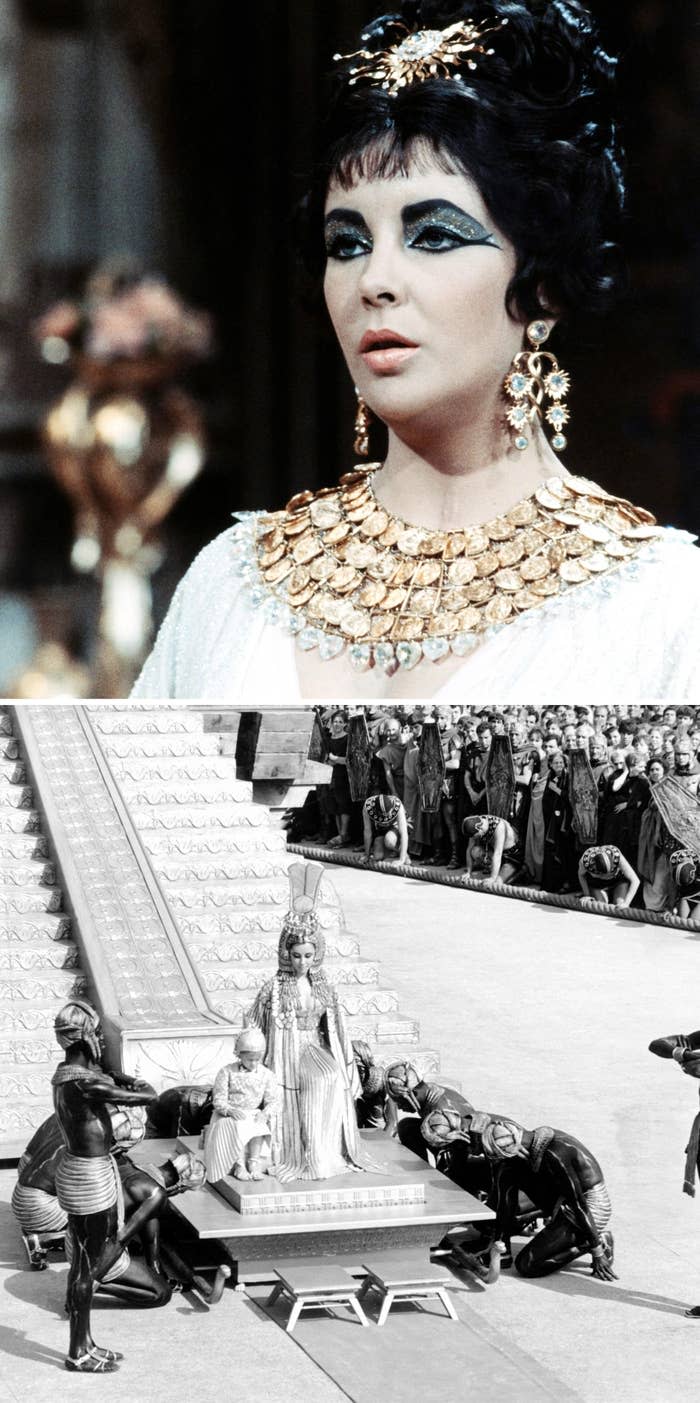
Known for being the most expensive movie at the time, the film shoot for Cleopatra was plagued with drama. The film was a "financial mess" and it started when production moved from LA to England as Elizabeth Taylor was cast as Cleopatra. Taylor eventually contracted pneumonia, production halted, and then it was moved to Rome, which required every set to be rebuilt.
As the budget continued to skyrocket due to stopping and starting production, reshooting action sequences, and more, Fox actually had to sell off "nearly 300 acres of its Los Angles back lot" just to help finance the movie.
4.Mike Myers originally recorded his dialogue for Shrek in an emphasized version of his Canadian accent; however, after a rough cut was shown, he ended up changing to a Scottish accent. Reanimating the scenes cost DreamWorks Animation "$4 million to $5 million."
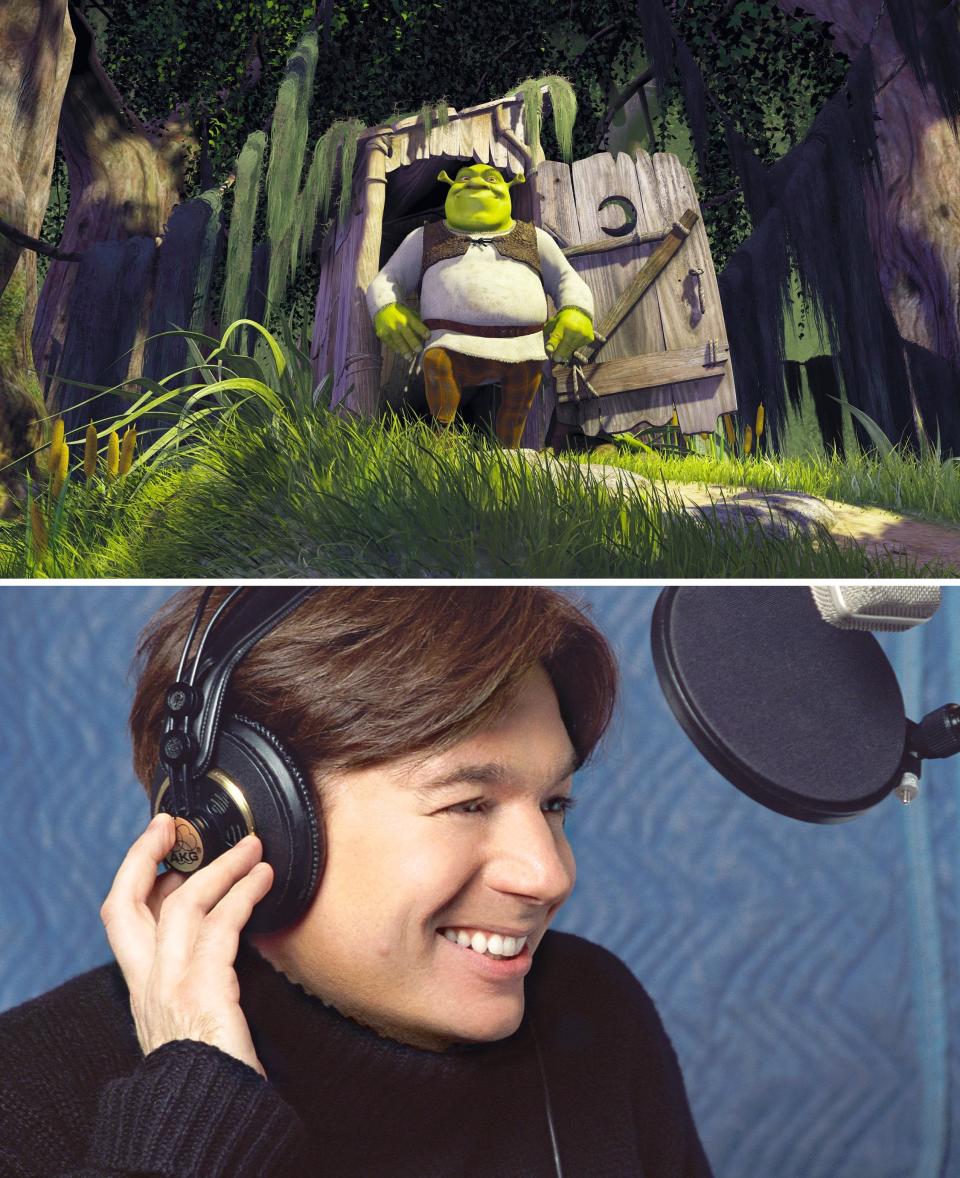
Myers recorded a majority of his scenes for Shrek in his Canadian accent. But he didn't like how it sounded in a rough cut of the film and decided to switch things up. He chose a Scottish accent so that it contrasted Lord Farquaad's. On an episode of Inside the Actors Studio, Myers said the Canadian accent "robbed the character of a bit of relatability" and felt that he sounded too scary.
Once Mike decided to pivot to a different accent, a lot of scenes had to be redone. Jeffrey Katzenberg from DreamWorks Animation said, "I don't think Mike understood what was going on in my mind, which was that literally one-third of [the scenes with] his character had already been animated." Katzenberg said the millions they spent on the changes were 10% of the film's total budget.
5.Eric Stoltz was originally cast as Marty McFly in Back to the Future before being replaced by Michael J. Fox. The studio had to reshoot all of Stoltz's scenes, which added $3 million to the overall budget.

Michael J. Fox was the first choice to play Marty in Back to the Future; however, due to conflicts with his Family Ties production schedule, Eric Stoltz, who had just won a Golden Globe for Mask, took the role. Only a few weeks into filming, director Robert Zemeckis and writer Bob Gale felt that Eric wasn't the right fit, so they went to the studio and proposed firing Stoltz, hiring Fox, and reshooting everything.
In the book We Don't Need Roads: The Making of the Back to the Future Trilogy, author Caseen Gaines details how the movie kept on shooting as if Stoltz wasn't about to be fired so they accumulated tons of footage that would ultimately have to be reshot. Apparently, the last scene Eric filmed was when Marty and Doc are in the Twin Pines Mall parking lot and Doc sends Einstein one minute into the future.
6.Ridley Scott made the decision to replace Kevin Spacey with Christopher Plummer in All the Money in the World after the sexual misconduct allegations against Spacey. This change led to the studio spending a reported $10 million on reshoots.

Shortly after the allegations against Spacey came out in November 2017, Ridley made the decision to reshoot all of his scenes and replace him with Christopher Plummer. This all happened in a very short window considering the film still wanted to make its planned December release date. Original locations, crews, actors, and more quickly rushed back to set to make this happen. Ridley said that when he called the studio to tell them about the change, "They were like, 'You'll never do it. God be with you.'"
The $10 million that went into adding Plummer to All the Money in the World was about 25% of the movie's total budget. The reshoots also led to a necessary conversation about the pay gap between men and women when it was reported that Mark Wahlberg was paid $1.5 million to return, while Michelle Williams was paid less that $1,000.
7.The Lone Ranger actually had to stop production because the film's budget was rising past $200 million so some action sequences and special effects shots were cut in an attempt to save millions.

Before filming on The Lone Ranger officially began in 2011, production was halted due to "budgetary concerns." The film was given a "firm budget" by Disney but as shooting was about to start, director Gore Verbinski and producer Jerry Bruckheimer were pushing for a bigger budget.
Once filming did eventually get underway, the budget kept increasing because of unnecessary expenses, like the desire to bring in (and pay) a yo-yo world champion to help film a moment where a pocket watch flips open in someone's hand. In the end, the film's budget was $215 million and it grossed just over $260 million worldwide in 2013, making it a "box office flop."
8.Waterworld, which is still considered one of the biggest box office flops, had to spend millions of extra dollars rebuilding the "multimillion dollar" set after it was destroyed by a hurricane.
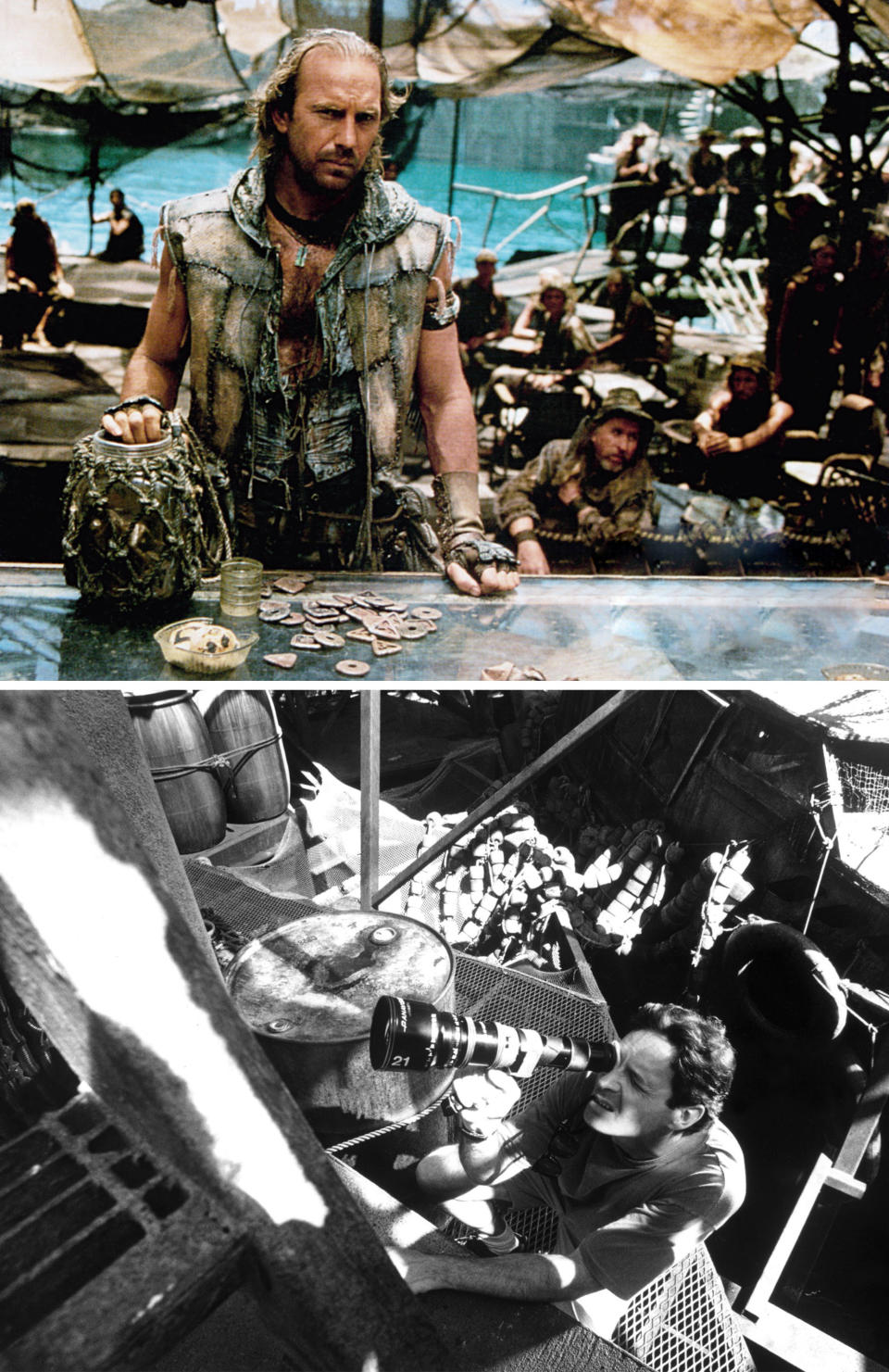
Waterworld, which starred Kevin Costner, was expected to be a box office smash but instead it went down in history as one of the biggest flops. The superexpensive movie, which ended up having a budget of $170 million, was plagued with disaster. It started with the destruction of its set due to a hurricane and the set had to be rebuilt.
On top of that, Kevin Costner and director Kevin Reynolds battled over creative control and Kevin Reynolds ultimately departed the production before editing was complete. When Kevin Costner took over to finish editing the film, massive scenes were reportedly removed, which only made how much was spent on the film all the more devastating. In the end, Waterworld only grossed $88 million in 1995.
9.Stephen King's The Dark Tower, which starred Idris Elba, had to spend $6 million on reshoots in order to "fill in backstory" for the Man in Black and other issues.
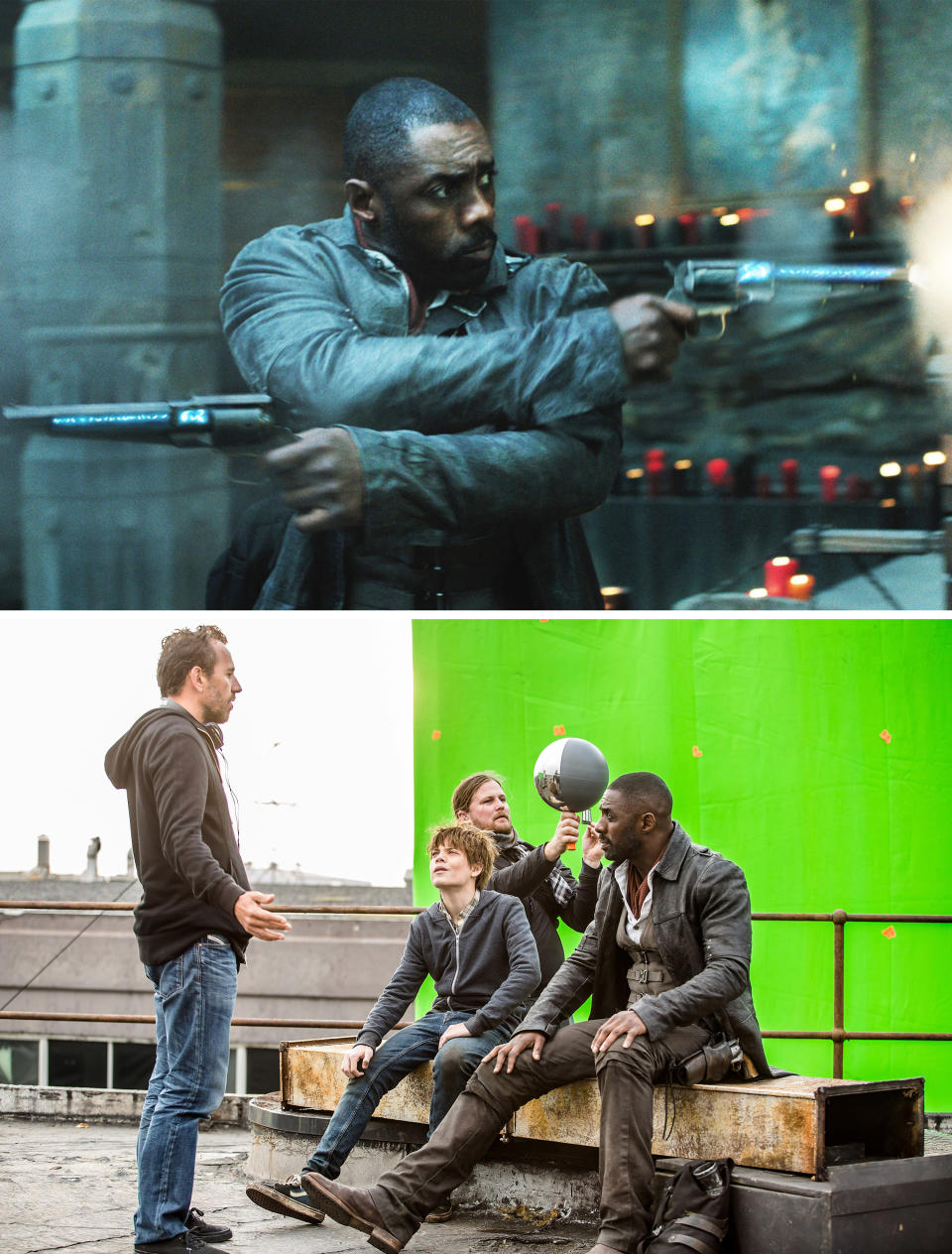
With a lot of book fans eager to see this adaptation, pressure was at an all-time high to deliver the best movie possible. Apparently, when director Nikolaj Arcel delivered an early cut of the movie, Sony Pictures executives feared they may have made a mistake hiring a newer director for the film. Arcel had never worked on such a "complicated" project before and, according to a source, found himself "in over his head" with the $66 million film.
Early audience screenings also confirmed the film "was a mess," so reshoots were necessary. The budget for the reshoots went to adding in more backstory for Matthew McConaughey's Man in Black as well as adding to the magical setting. Ultimately, the film grossed $113 million worldwide.
10.Director Jeff Fowler and Paramount decided to redesign Sonic in Sonic the Hedgehog before most of the movie was completed. The redesigns reportedly cost "less than $5 million."

The original release date for Sonic the Hedgehog was pushed to 2020 in order to give Jeff Fowler and the VFX team enough time to redesign Sonic. While a tweet circulated online that the redesign would cost $35 million, a source later confirmed it would cost less that $5 million to rework what Sonic would look like.
At the time, most of the visual effects work on the film weren't done, which greatly helped lower the cost for the redesign. According to a source, the only Sonic visual effects that were fully completed at the time were the ones seen in the first trailer that dropped in April 2019.
11.World War Z had to do extensive reshoots after a first cut of the film was deemed "atrocious." The cost to reshoot scenes added roughly $40 million to the overall budget.

World War Z had a notoriously difficult production process that led to the film having to spend millions on reshoots. Originally, the World War Z budget was $150 million but with reshoots, it escalated very quickly to $190 million. The reason for reworking the film came after a first cut was shown and was uneven. Brad Pitt, who starred in the film, even deemed the first cut "atrocious."
Also adding to the trouble, the extra weeks of filming in Budapest were halted at one point when an anti-terrorism squad raided a production warehouse and "confiscated 85 of production's weapons because local authorities claimed they were in working order." In the end, World War Z went on to gross $540 million worldwide, thus making it the biggest zombie movie.
12.Zack Snyder and Netflix spent "a few million" to add Tig Notaro to Army of the Dead after they decided to edit out Chris D'Elia following the sexual misconduct allegations against him in June 2020.
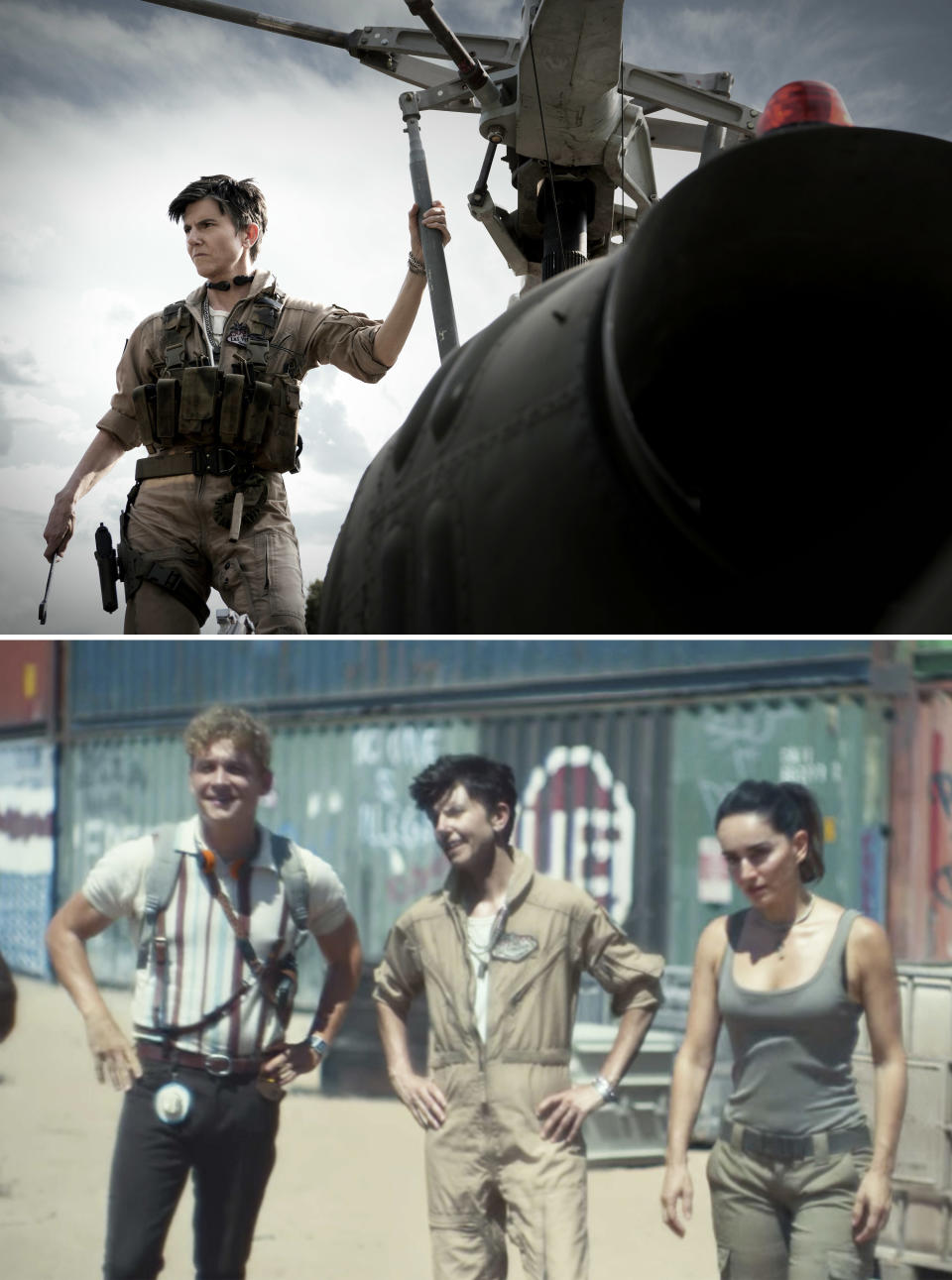
Snyder said it was a "fairly easy" decision to remove Chris altogether but it was an "expensive one." While he didn't give an exact number, Zack said the reshoots cost "a few million." The millions of dollars spent by Netflix went toward digitally erasing Chris from all the footage, reshooting with Tig Notaro, and changing visual effects. And, on top of all of this, reshoots took place during the coronavirus pandemic.
Notaro filmed all of her scenes alone and was simply digitally added to already existing footage. Zack and the visual effects team replicated the camera angles and "physical spaces" in a studio in California so Tig could fit into the movie as seamlessly as possible.
13.Suicide Squad underwent massive reshoots, which included adding more action sequences, in 2016. They cost Warner Bros. reportedly "tens of millions" of dollars.

At the time, rumors circulated that the reshoots were called for because Warner Bros. felt the movie needed to add "more humor and lightness to the film." However, director David Ayer refuted those claims, saying, "'Reshoots for humor' is silly. When a studio loves your movie and asks what else you want, go for it!"
While Suicide Squad reshoots did happen, it wasn't because the movie wasn't funny enough; rather, more action was added, according to star Jai Courtney. He said, "I wouldn’t say we’re going back to make it funnier. There’s some additional action stuff that we’ve been doing, which is pretty dope. Really, we’re just kind of adding in that sense."
14.Screenwriter Tony Gilroy was brought into Rogue One: A Star Wars Story to make rewrites and help oversee reshoots. He was ultimately paid "north of $5 million" to do so.
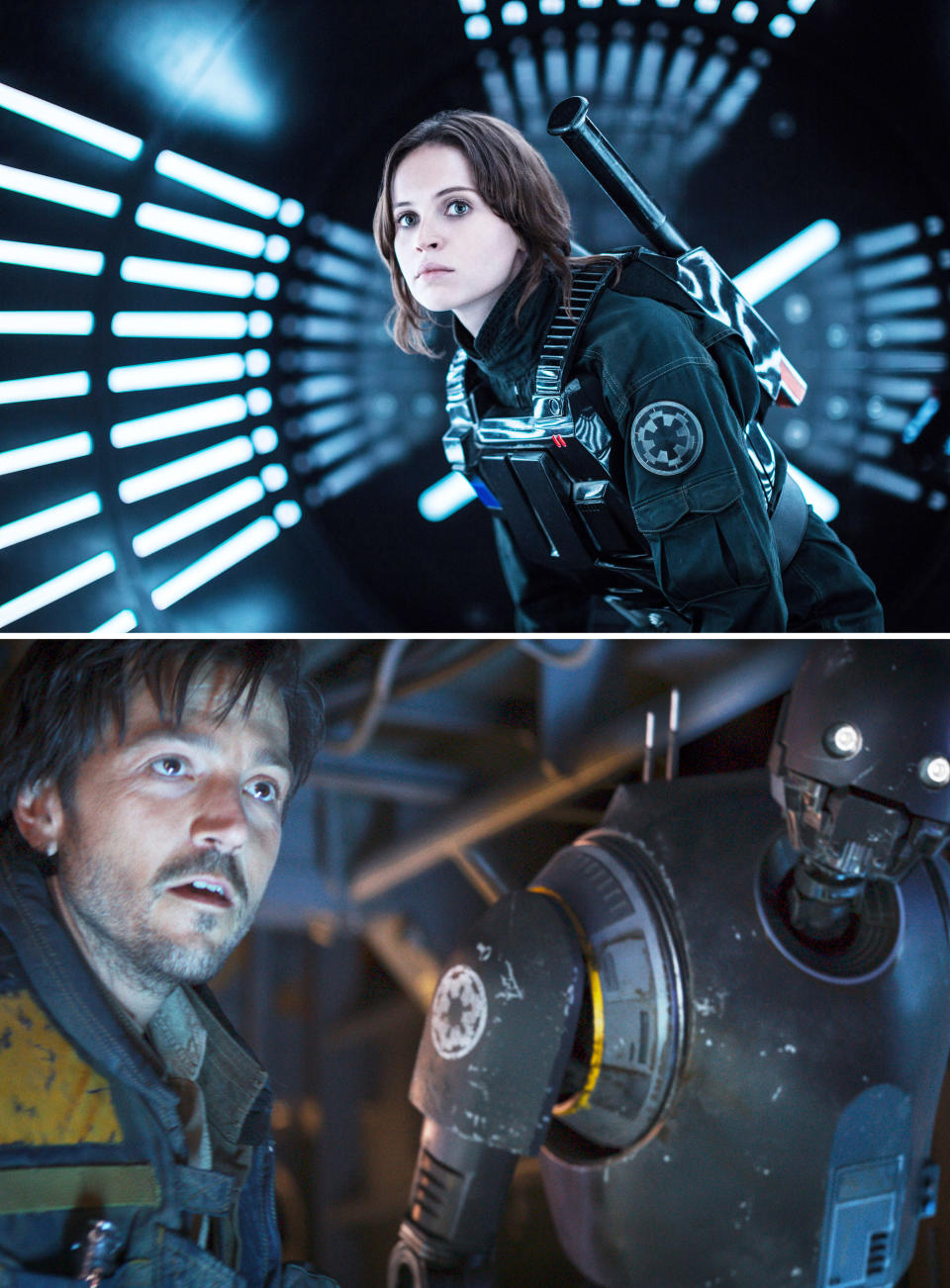
Gilroy was originally hired to help write dialogue for Rogue One reshoot scenes and was reportedly going to be paid $200,000 per week for his time. However, as reshoots expanded and Tony helped do more than just rewrite, he was paid more. Tony ended up taking a lead role in postproduction and helped tackle a lot of issues that were being addressed during reshoots, most notably the ending.
Reshoots for Rogue One were ordered by Disney in 2014 after executives felt like the movie didn't fit the "classic Star Wars" movie feel. Of course, Rogue One went onto be a massive success and grossed over $1 billion worldwide.
15.Solo: A Star Wars Story had to undergo big reshoots after directors Phil Lord and Christopher Miller were fired with only a few weeks left of filming. The reshoots added to the overall budget, which ended up being roughly $275 million.
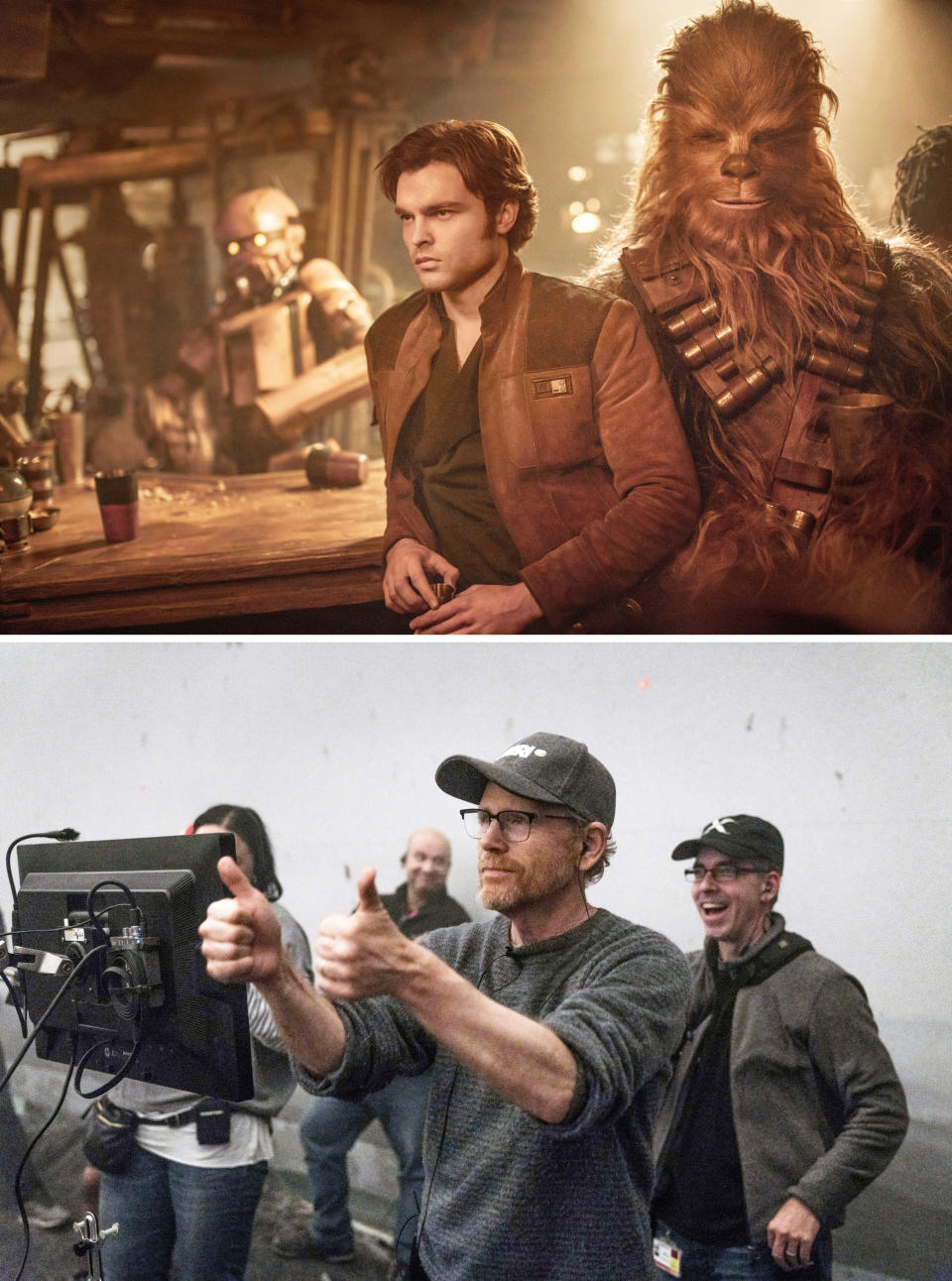
With only a few weeks left in shooting Solo: A Star Wars Story, Phil Lord and Christopher Miller were notably fired and veteran director Ron Howard was brought in to finish the project. Howard and his partners were tasked with essentially overhauling this massive franchise spinoff.
In the end, Howard ended up shooting "70% of Solo," which earned him sole directing credit. Of course, since 70% of the film had to be reshot and directed by Howard, it cost millions of dollars. Solo: A Star Wars Story ended up being one of the most expensive movies ever made.
16.Superman II did extensive reshoots nearly two years after it was originally filmed following director Richard Donner's departure from the production. The reshoots added millions to the budget, which ended up being $54 million in 1980.
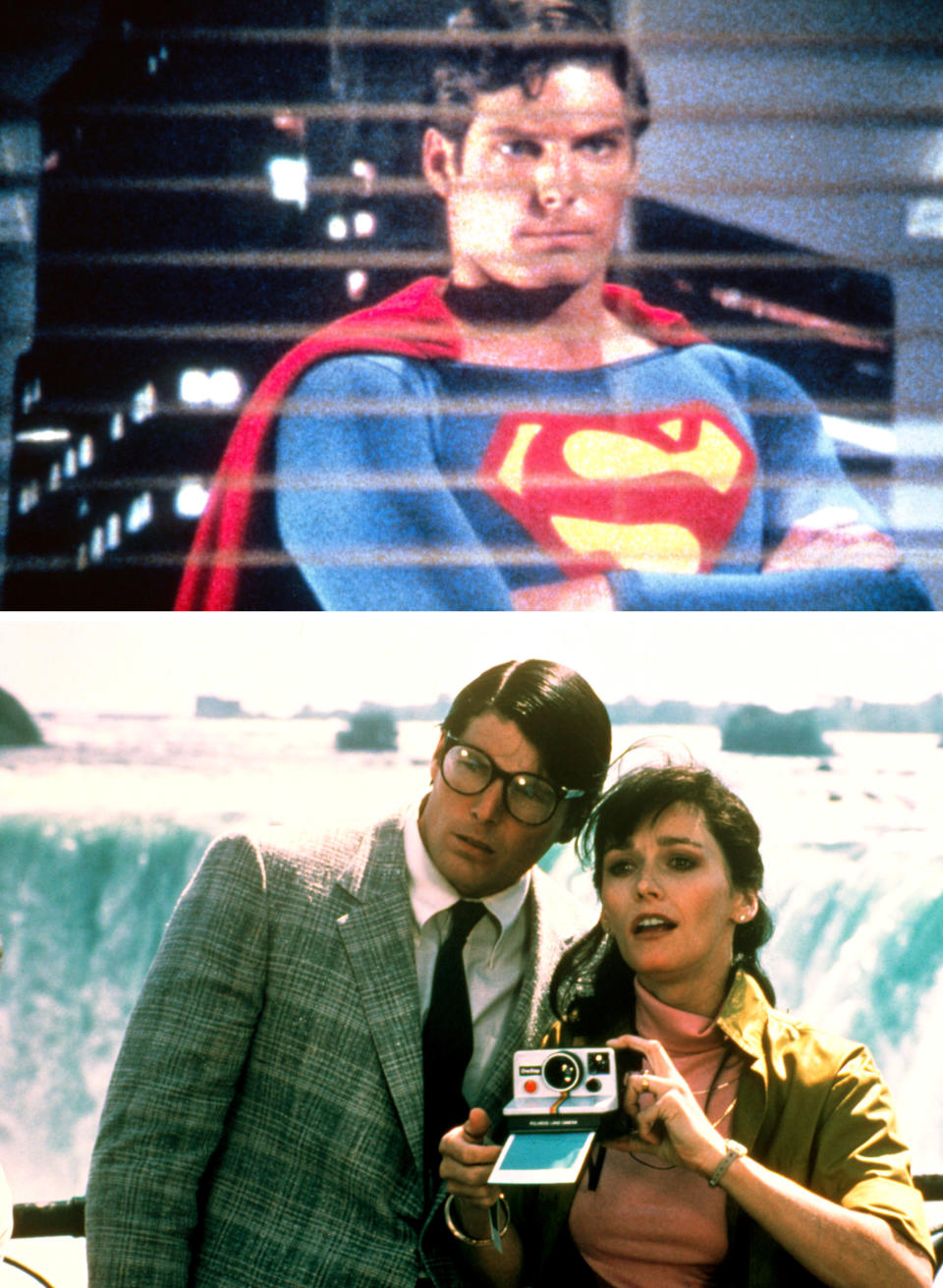
Superman II is basically the original version of the Justice League Whedon vs. Snyder cut debate. Originally, Superman and Superman II were shot back-to-back with the same cast and and crew, which resulted in a 19-month film shoot. Production ended up becoming wildly complicated when Richard Donner had a falling out and left the production. Then, Marlon Brando sued the producers for $50 million, claiming he didn't receive his promised 11.75% back-end cut. So Superman II started to become wildly expensive.
Eventually, Richard Lester took over directing nearly two years later and the film was completed, being a combo of Donner and Lester's work — Gene Hackman notable refused to reshoot any of his scenes. Then, nearly 25 years later, Donner's original version, aptly called Superman II: The Richard Donner Cut, was released after a fan campaign.
17.And finally, Toy Story 2 was reworked a lot before it was released, which led to a final budget of $90 million. They had to reanimate and re-record after a majority of the first cut was scrapped.

Pixar is known for reworking movies but this was one of the biggest occasions in which they did so. Toy Story 2 was originally meant to be a direct-to-video sequel; however, once a rough cut was shown, Pixar realized it could be a full theatrical movie. This pivot led to them hiring director John Lasseter to oversee the completion of the film.
Lasseter and his team ultimately realized that something was missing from the movie and that's when they came up with Jessie and Wheezy's stories. So in order to add Jessie and Wheezy into the movie, they essentially had to start over and reanimate and re-record actors' voices. Toy Story 2 ended up grossing $487 million worldwide.

